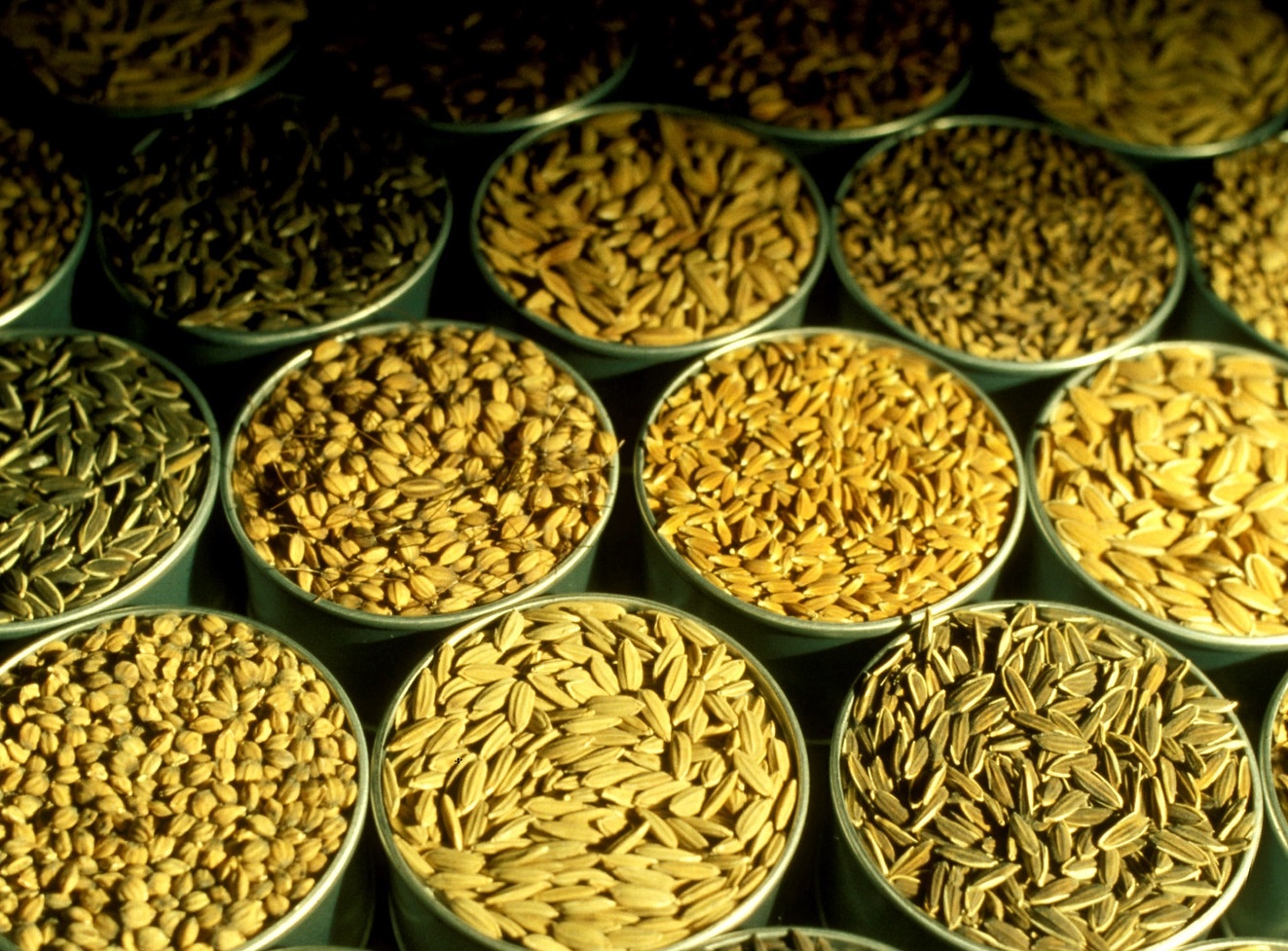In the Sarangani upland communities, the vital role of rice landraces in ensuring household food security and survival of the tribal families is undeniable. Such is the importance of these landraces that their potential loss will affect not only food security but also have dire consequences for the tribal culture.
.
Growing recognition of the inextricable link between cultural and biological diversity has given rise to a concept known as biocultural diversity, which is defined as the “relationship among traditional knowledge, biological diversity and cultural diversity” (Hladik et al. 1993; Stepp, Wyndham, and Zarger 2002; Johns and Sthapit 2004). By drawing insights from the social sciences, practitioners can better understand human dimensions of conservation whereas ignoring inputs from this discipline can seriously undermine conservation efforts.
 In the Philippines, the Globally Important Agricultural Heritage Systems (GIAHS)-prescribed rice terraces in Kiangan, Ifugao is one example of such biological-cultural coupling. Local Ifugao communities benefit from this culture-nature integration through the agroecosystem’s provision of goods and services while the Ifugaos maintain the terraces via the upkeep of terrace walls and ancient waterways.
In the Philippines, the Globally Important Agricultural Heritage Systems (GIAHS)-prescribed rice terraces in Kiangan, Ifugao is one example of such biological-cultural coupling. Local Ifugao communities benefit from this culture-nature integration through the agroecosystem’s provision of goods and services while the Ifugaos maintain the terraces via the upkeep of terrace walls and ancient waterways.
The harmonious link between biological and cultural diversity, however, is presently being threatened by the homogenizing effects of globalization and climate change, among other pressures. Genetic erosion, the concomitant losses of crop landraces, is accelerated by demographic, economic, and technological changes associated with modernization.
This situation is reflected in Sarangani Province in southern Philippines where upland tribes, who rely on subsistence rice farming using age-old farming methods, regularly experience chronic food shortages.
Although the crop is closely interwoven with tribal culture, genetic erosion in the rice landraces is a reality. Nevertheless, the tribal farmers still maintain the remaining varieties because of cultural values and individual preferences. Farming knowledge, however, seems to be rapidly eroding because of the ingress of agricultural modernization and a mindset change among the local peoples.
Even up to this time, geographic and technological isolation are notable challenges for resource conservationists and people in these remote areas. In ecology, a keystone species is defined by Paine (1966) as the “keystone of biological community structure” and that “community integrity and unaltered persistence through time are determined by its activities and abundance.” Like the ecological keystone species, the cultural keystone species (CKS) is a metaphorical concept defined as the “culturally salient species that shapes in a major way the cultural identity of a people”
A CKS is identified by its ubiquity in language, cultural practices and traditions, diet, history, subsistence, and other aspects of community life. Oftentimes, a community or tribe identifies with an animal or plant species for cultural, spiritual, or economic reasons. The plant-people relationship, therefore, becomes vital in ensuring the wellbeing of the community, the ecosystem, and the local culture.
Knowledge on the potential applications of the CKS model, especially in biodiversity conservation in the Philippines, will augur well for forestalling the continued genetic erosion of the rice landraces and will find wider application for other crops and biocultural landscapes in the country.
This study was therefore carried out to (a) determine the cultural importance of Sarangani upland rice and the indigenous
knowledge system (IKS) associated with it, (b) identify causes and correlates of biocultural losses, and (c) identify the CKS in the Sarangani upland farms. As the study is approached from a socio-anthropological perspective, it does not undertake a systematic economic analysis, which is an important limitation of the study, and which could be the subject of further research to enrich the present analysis.
In the Sarangani upland communities, the vital role of rice landraces (RLs) in ensuring household food security and survival of the tribal families is undeniable. In 2016, a seven-month long drought forced the provincial government to send sacks of rice to starving people in these areas. Thus, tribal groups in the Sarangani uplands face a bleak future with the extinction of RLs.
Such is the importance of these landraces that their potential loss will affect not only food security but also have dire consequences for the tribal culture and Such is the importance of these landraces that their potential loss will affect not only food security but also have dire consequences for the tribal culture. Conversations with farmers revealed that traditional farming rituals are deeply ingrained in Blaan culture and belief systems. The Blaans are the predominant ethnic group in the Sarangani uplands.
In the Sarangani uplands, genetic erosion of traditional rice is primarily attributable to a paradigmatic shift among upland tribes toward agricultural modernization, among other factors. Unfortunately, Sarangani upland communities appear incapable of addressing drivers of rice biocultural losses due to lowered resilience. Conservation efforts are also hampered by important considerations involving resource/landscape preservation on the one hand and food security on the other.
Intractable problems such as this necessitate making hard choices and compromises, and occasionally involve trade-offs to accomplish set goals. Identifying upland rice as a CKS will aid in the crafting of an effective conservation strategy that will be acceptable to advocates of resource conservation and of human welfare and wellbeing. This can be done by developing bottom-to-top consultative approaches, which are envisioned to conserve tribal resources while improving the quality of life of the upland tribes.
The establishment of a community-managed gene bank will ensure that the farmers will not run out of planting materials, thereby helping strengthen food security in these areas. With the identification of niche markets for tribal crop resources, household income of farmers could be increased.
Furthermore, indigenous knowledge transmission especially in relation to upland rice farming can be done through its incorporation in the primary school curriculum. Other strategies include the empowerment of women as traditional seed keepers and incentivizing traditional rice farming so that the younger generation will remain in the farms.
It is important to consider that the success of biocultural conservation is strongly predicated on local support of the Sarangani upland tribes. Efforts should therefore be expended to preserve and revitalize IKS especially since humankind will be rendered more impoverished by its loss especially in the face of the homogenizing effects of modernization.
Finally, awareness about the link between traditional knowledge, resource conservation, and food security should be strengthened so that the continued presence of the Sarangani upland tribes will be assured in these areas for a very long time.
Read the full study:
Zapico FL, Dizon JT, Fernando ES, Borromeo TH, McNally KL, Hernandez J. (2020) Upland rice: Cultural keystone species in a Philippine traditional agroecosystem. The Asian Journal of Agriculture and Development: Vol. 17 No. 2.









I would love to learn more on upland rice farming. Please help..I would appreciate any and all info. thanks
Dear Sir
Please contact the Philippine Rice Research Institute (PhilRice) office nearest your location. Here is the link where you will find their contact details: https://www.philrice.gov.ph/contact-us/
Thank you